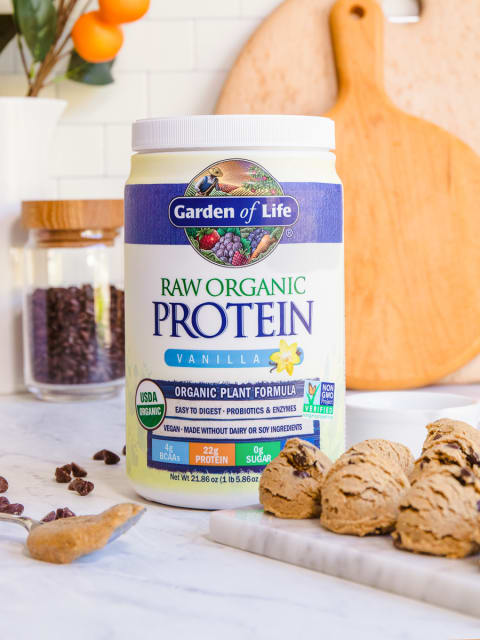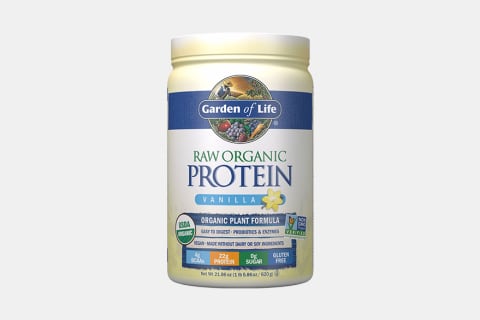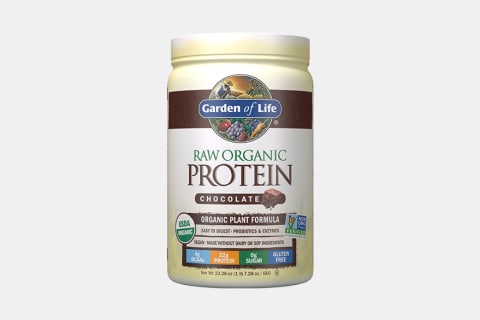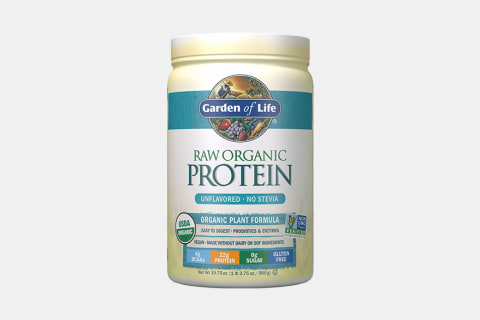Advertisement
7 Days of Mindful Snacking

Make no mistake about it: We're pro snacking. After all, snacks are the thing that help you keep your energy high, your blood sugar stable, and your mood in check all the way from lunch 'til dinner. But these days, when your kitchen is literally steps away from your desk (or ahem, living room couch), it can be a little too easy to turn snacking into all-day eating. Here is a seven-day plan with a smart snacking tip to focus on each day. By the end of the week, you’ll be a snacking pro, ready to mindfully munch all the way through anything—from the daily grind to a weekend Netflix binge.
Day 1: Reconsider the veggie
When you think snacks, chances are that veggies don’t play a huge part (unless they’re baby carrots). But veggies can play a starring role in snacking, if you know what to look for. When scanning the fridge, look for anything that can be dipped into a spread like hummus or white bean puree—think asparagus spears, cucumbers, broccoli, and cauliflower. When you’re cutting veggies for dinner, keep snacking in mind and aim for spears, not chunks. Also, think about the spread itself—fresh herbs are rich in powerful antioxidants and can easily be stirred into a dip.
Day 2: Focus on Protein

Balanced snacks have a blend of carbohydrates for quick energy and protein, to keep you fuller, longer. And while it can be tough to get enough protein, Garden of Life’s Raw Organic Protein makes it easy to add it into snack time with their vegan powder made with 13 raw sprouted proteins and delivering a full 22 grams of protein. The blend has a complete profile of all the essential amino acids, along with vitamins, probiotics, and enzymes, to help you digest better. Stir it into smoothies, or just mix it with water for a hydrating, protein-packed afternoon beverage.
Day 3: Think beyond the chip
Chips are an old standby for snack time, but we all know these traditional deep-fried treats aren’t doing us any favors. To get the same satisfaction as chips, look for snacks with a crunch, and make them interesting, like apple slices sprinkled with cinnamon. Also, consider making a fresh batch of your own chips—you can use kale, or any veggie you have around, from carrots or potatoes or beets. Slice them thinly, then drizzle with healthy oil, sprinkle with salt, and roast them until crispy.
Day 4: Plate it
Before you eat a single bite, grab a plate and portion out the snack you want to have. It’s easy to get carried away with a container of chips or a tub of hummus, eating until you’re completely full, but a snack is meant to be a small meal, so you’re not looking for the same fullness cues you are at dinner. Just taking the edge off hunger so that you can make it to your next meal is usually all you’re looking for, so you don’t spoil your appetite for your main meal later. A snack portioned out on a plate forces you to take a rest and ask, “Do I really want more?” before refilling.
Day 5: Walk it out first
Craving a snack? Take a walk first. Sometimes when we get hungry, our bodies are also hungry to move around and stretch. A short walk will reduce stress and can even minimize cravings, meaning when you get back to the kitchen, you’ll be in a better frame of mind to make a healthy choice.
Day 6: Carve out a snack time
Want to mindlessly eat a whole bag of popcorn? Eat it while you’re working, watching TV, or otherwise distracted. Especially with snacking, it’s so easy to grab something and keep on working, but this makes it so easy to miss our own hunger cues, telling us when it’s time to stop. Take a short break from what you’re doing and make some time to eat. Not only will this improve digestion, but it forces mindfulness, so you’ll only eat what you really want.
Day 7: Plan ahead
All of these thoughts can seem like great ideas, but when you’re in the middle of a project, stressed, and hungry, you may not have time to slice up veggies or certainly make your own chips. That’s why it’s essential to think about snacks in the same way you think about lunch and dinner and plan for them—long before you get hungry. Just as you meal prep for a week, when you’re planning your grocery lists and prepping food for the week, think about snacks. And don’t forget about the shortcuts that make any snack protein-powered like Garden of Life’s Raw Organic Protein, which can be used in baking, transforming pancakes, banana bread, and muffins into easy-to-grab, balanced treats. Snacking doesn’t have to be hard—with a little planning and the right things on hand, you’ll be eating better in no time!



